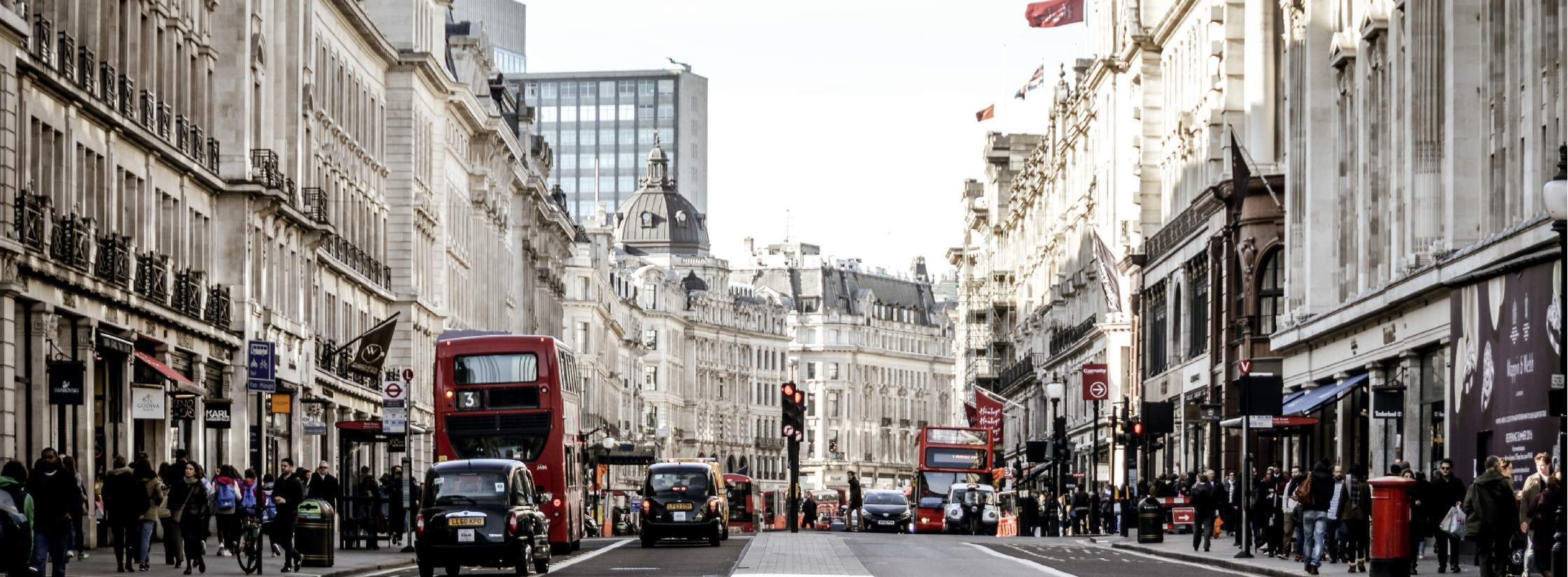Has vacancy in the West End bottomed out?
The decline in Central London Prime Zone A rents accelerated in Q3 2021 to -17.4% year-on-year. This was driven by falls across City locations as well as some key West End streets. However, its important to flag that limited leasing activity is making it difficult to ascertain true rental tone in some cases.
Unsurprisingly, this softening in headline rents, alongside an increase in incentives, has coincided with rising vacancy rates since the onset of the pandemic. However, Q3 reported a reversal of this trend with the Prime West End vacancy falling by almost 50bps to 13.7%. Landlord Shaftesbury reported a similar trend with vacancy across their Estate falling to 2.9%, as of 30th September, down from 4.6% in July (vacancy measured as available-to-let vacancy as % of estimated rental value). Is this pointing to the start of a recovery in occupational demand?
Agent feedback suggests occupier sentiment is improving driven primarily by F&B. This is largely a reflection of robust domestic spending on eating out as we have emerged from lockdown, but has also been supported by the relaxation in planning that permits the conversion of retail to F&B use. However, in some locations, we are seeing retailer interest tentatively return.
Looking to 2022 we expect the downward pressure on vacancy to become more widespread and accelerate, resulting in a tightening in landlord incentives. Although, on average, we are perhaps some way off from returning to pre-covid vacancy levels. This tightening in vacancy should mean a stabilisation in headline rents in a number of locations.
Continued improvements to footfall and international visitor numbers will be key to this. But, perhaps the biggest driver will be the strength of London's fundamentals in terms of the size of its retail market and international reach relative to its now, lower occupational costs. Essentially, the decline in rents, alongside other landlord incentives, has potentially supercharged its profitability as a retail location. For those retailers and brands that remain confident in London's recovery, there may be a window of opportunity to secure space on very attractive terms.
Central London retail investment overview Q3 2021
Key Investment Headlines Q3 2021
Central London transaction volumes over Q3 totalled £298.4 million. This brought year-to-date activity to £582.2 million, a 41.8% increase on the record lows recorded over the same period in 2020. However, this figure still remains approximately 44.6% lower than 2019 equivalent volumes.
A lack of stock coming to the market continues to temporarily curb investment activity compared to pre-pandemic levels, despite robust appetite amongst international investors for prime units.
Bond Street continues to attract keen investor interest accounting for over half (65.7%) of year-to-date volumes across Central London. The key transaction in Q3 was Al Khashlok Group's acquisition of the Mulberry and Delvaux New Bond Street flagships from Oxford Properties/Richemont for £228 million in August. Investor appetite for Bond Street is reflected in its prime yield, which remains unchanged to its pre-covid level of 2.75%. In contrast, indicative prime yields on Oxford and Regent Street are 25bps higher than seen at the end of 2019, although remain unchanged on Q221.
Looking ahead, a lack of stock on the market could continue to limit transaction volumes. However, a handful of trophy assets currently for sale or nearing completion have the potential to significantly boost quarterly figures upon completion. This includes Topshop on Oxford Street where IKEA are expected to complete on the reported £378 million acquisition by January 2022. Other notable assets on the market include Foyle's bookstore on Charing Cross Road and Patek Philippe's New Bond Street flagship.
